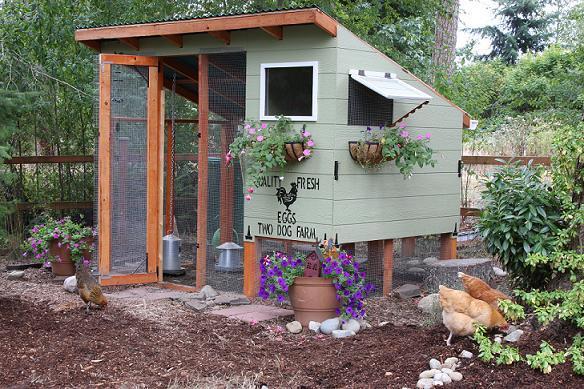What's great about Zuke's is that not only do they care about our pets, but about our environment as well. Just look at all the great things Zuke's is doing.
Zuke's is a company devoted to making healthy, affordable treats and chews using top-quality ingredients and formulas that reflect the latest scientific developments in animal wellness and nutrition. Zuke's dog and cat treats are made with care and are inspired by the unconditional love we receive from our pets as well as our crew's devotion to an active, outdoor lifestyle.
Made in the USA. All our dog and cat treats are made in the USA. All meats, grains, fruits and vegetables are sourced in the USA, with the exception of lamb and venison, which are supplied from New Zealand.
Healthy Pets, Healthy Planet. Our healthy, all natural dog treats, biscuits and chews and our cat treats are made with the care and attention our pets and our planet deserve.
Wind Power. Every box of Mini Bakes Biscuits and Superfood Biscuits are made in a manufacturing facility that is 100% wind powered.
Packaging. Our boxes are 100% recycled paperboard – we also made them smaller and filled them fuller to use 20% less material than our competitors. A smaller box means we ship more cases on every pallet – resulting in less green house gas emissions to get the product to you.
Sustainability. We pay our employees to leave the car at home and ride their bikes or scooters to work. We power our offices with 100% green electricity.
Give Back – The Dog and Cat Cancer Fund. Our pets love us so we give back! A portion of annual profits are donated to the DCCF. You can learn more and help the cause with a donation of your own.































